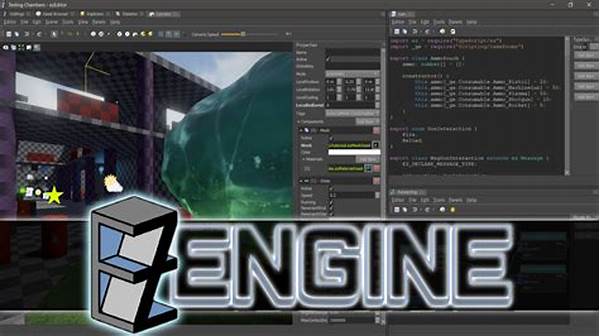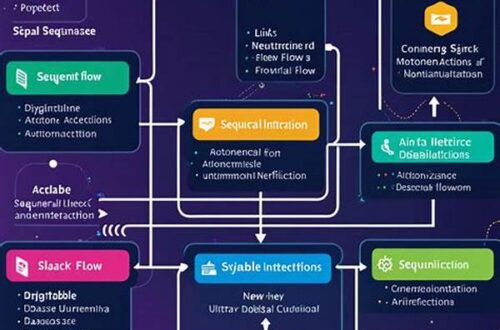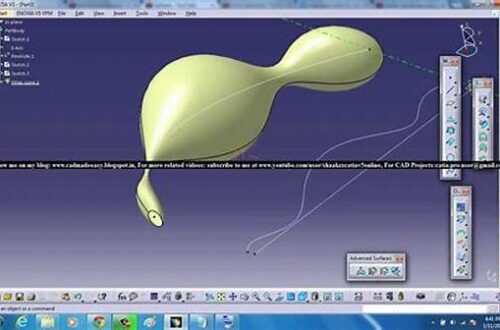Welcome to the magical realm of open-source 3D game engines! It’s like walking into a candy store for developers where everything is customizable and most importantly, free. If you’ve ever dreamt about creating that epic game you always wanted to play, well, you’re in luck. Open-source 3D game engines have revolutionized the way we make games, lowering the entry barrier and inspiring creativity across the globe. In this sprawling world of ones and zeros, there lies an engine for every aspiring developer’s dream. So buckle up, because we’re about to embark on a journey through the landscape of virtual creativity!
Read Now : Construct 3 Tutorial Sessions
Why Go Open-Source for Your 3D Game Engine?
Here’s why you should consider open-source 3D game engines for your next big project: unlimited freedom. First and foremost, open-source 3D game engines come with full access to the source code. This means you not only get to play with the features it ships with, but you can also tweak, change, and optimize according to your whims and project needs. Ever wanted a game engine that caters to a very niche gameplay style? Or perhaps add a rendering technique that’s all the rage? Jump right into the code and make it happen. Secondly, being part of an open-source project often means being part of a large, vibrant community. Share ideas, collaborate on projects, or simply get help when you’re stuck—it’s like having a group of pals who are just as into game development as you are. Lastly, the sheer variety available means you’re not stuck with just one option. Fancy something lightweight and beginner-friendly? Or perhaps you need high-end graphics capabilities? There’s an open-source solution waiting for you. The world of 3D game development is vast and full of potential, and it’s never been easier to dive in and start creating.
The Best Open-Source 3D Game Engines You Need to Know
1. Godot Engine: A firm favorite in the world of open-source 3D game engines, Godot is loved for its flexible architecture and ease of use. Its scene system is quite intuitive, allowing developers to create complex game worlds without all the hassles.
2. Blender with UPBGE: While primarily a 3D modeling tool, Blender with the UPBGE plugin transforms into a full-fledged game engine. It’s perfect for artists who want to stick to familiar territory and enjoy the perks of an open-source 3D game engine.
3. Armory3D: Built on top of Blender, Armory3D integrates seamlessly with it, providing a smooth workflow between modeling and game development. If you want an open-source 3D game engine that keeps things under one hood, this might just be it.
4. Ogre3D: This open-source 3D game engine is more of a graphics rendering engine, offering great flexibility and power. A choice for developers who cherish graphics above all else, Ogre3D is a solid choice for crafting visually stunning games.
5. Irrlicht: The granddaddy of open-source 3D game engines, Irrlicht has been around for ages. It has a simple API and lightweight architecture, making it a good fit for those who love tinkering at low levels.
Diving Deeper into Open-Source 3D Game Engine Choices
Let’s get into the nitty-gritty of choosing your perfect open-source 3D game engine. Depending on your project requirements and personal preferences, the right choice can mean the difference between a seamless development process and one fraught with challenges. If you’re looking for extensive support and documentation, Godot might just be your best bet. Its active community and robust support channels mean you’re rarely left to troubleshoot alone. Conversely, for those who prioritize cutting-edge graphics and performance, diving into Ogre3D’s ecosystem might be the way to go. Then there’s Armory3D: ideal for developers who want to keep everything embedded within Blender without hopping from tool to tool. This versatility in options is the true crux of the open-source 3D game engine landscape, offering something for every creator.
Another factor to consider is the engine’s programming language. Godot uses GDScript, which is known for being beginner-friendly yet powerful, allowing rapid development. However, if you love the classic feel of C++ or Python, there are engines like Irrlicht and Blender’s UPBGE to cater to those tastes. These technical aspects combined with the community involvement often help shape your project’s lifecycle and milestones. Whether you’re an indie dev just starting, or a seasoned veteran looking to try something new, open-source 3D game engines present a world of opportunities.
Open-Source 3D Game Engines: Popular Use Cases
1. Indie Game Development: For indie developers, open-source 3D game engines provide a cost-effective way to build and launch creative projects without the heavy licensing fees.
2. Educational Projects: These engines are great learning tools for students and budding developers, offering hands-on experience with real-world tools.
3. Prototyping: Open-source engines allow for rapid prototyping, letting you test ideas quickly without significant investments.
4. Customization and Innovation: With full access to the code, developers can experiment with and customize engines to push boundaries and innovate.
5. Community Collaboration: The collaborative nature of open-source projects fosters a shared learning environment, leading to growth and development among its contributors.
Read Now : “mesh Generation Techniques Cfd”
6. Game Jams: Quick, community-driven events like game jams thrive on accessible tools, making open-source 3D game engines a popular choice.
7. Modding Platforms: They are ideal for modding existing games, allowing fans to create their own content.
8. Non-Gaming Applications: Beyond gaming, these engines are also used in simulations, architectural visualizations, and more.
9. Cross-Platform Development: Open-source engines often support multiple platforms right out of the box, streamlining the process of reaching a broader audience.
10. Project Sustainability: With low ownership costs, developers can maintain and update their projects with fewer budgetary concerns.
The Community Behind Open-Source 3D Game Engines
Behind every successful open-source 3D game engine is an army of passionate developers and contributors. These engines thrive on community input, from forums teeming with advice to Git repositories brimming with collaborative enhancements. Engaging with the community isn’t just about seeking help—it’s about being a part of something bigger. Sharing your own insights, whether it’s a bug fix or a new feature, strengthens the engine and contributes to the shared pool of knowledge. And let’s be honest, it’s also a great way to make friends in the industry.
One of the great joys of being part of this community is seeing what others create using these open-source 3D game engines. From blockbuster indie hits to hidden gems, the diversity of projects is staggering. Not to mention the amount of learning you get from simply observing others’ work and the varying technologies they leverage within these engines. Additionally, the camaraderie and support from fellow developers can be immensely inspiring, especially when you hit those inevitable bumps in the developmental road. Working within an open-source environment champions the spirit of collaboration, innovation, and unending exploration.
Wrapping Up: The Magic of Open-Source 3D Game Engines
In the grand tapestry of game development, open-source 3D game engines represent one of the most versatile threads. They empower developers with unmatched flexibility, enabling visions to come to life without the constraints of commercial software limitations. If the concept of creating limitless worlds that resonate with players globally fascinates you, these engines are the perfect starting point. From learning the ropes to scaling great heights in development prowess, open-source platforms offer a compelling proposition.
As you traverse the intriguing domain of open-source 3D game engines, it’s important to remember that these platforms offer more than just tools—they offer a gateway into a diverse and ever-evolving community. Engaging with fellow coders, tackling challenges together, and even participating in global events forms an integral part of this larger ecosystem. Whether you’re developing your first game or your fiftieth, the doors of innovation remain open, welcoming your entry into this vibrant world. Who knows? Your next big idea might just be waiting to be discovered.
Conclusion: A World of Possibilities with Open-Source 3D Game Engines
We’ve explored the captivating universe of open-source 3D game engines, and hopefully, you’re as excited as we are about the possibilities they present. With the advantages of complete code access, community engagement, and cost-effectiveness, they are a marvel for creators everywhere. No longer confined by traditional limitations, developers are free to craft unique experiences, culminating in games that have the potential to captivate audiences worldwide.
Remember, the world of game development is expansive, filled with both challenges and rewards. By venturing into open-source development, you are joining a collaborative movement that supports innovation and creativity. As you set out on your journey to create the next big game, don’t forget to engage with the communities that thrive around these engines. They are invaluable resources, offering expertise, encouragement, and friendship as you navigate the thrilling world of 3D game creation. Happy developing, and may your games be as limitless as your imagination!



